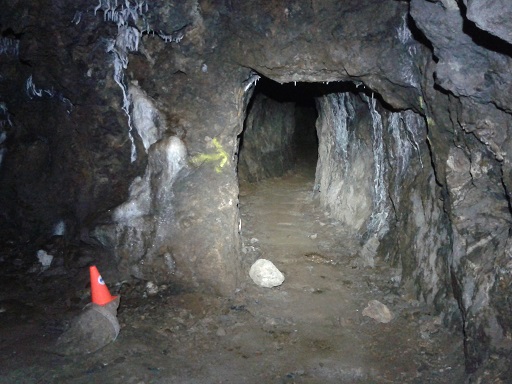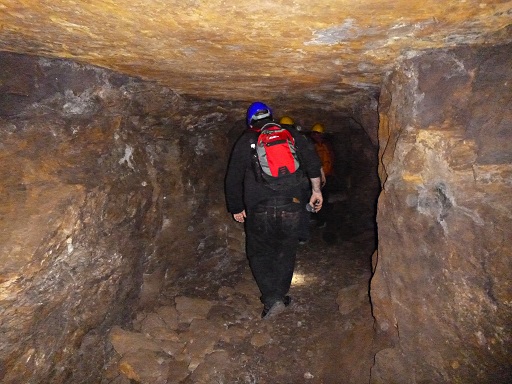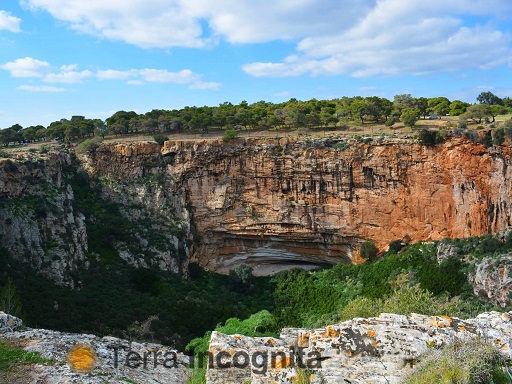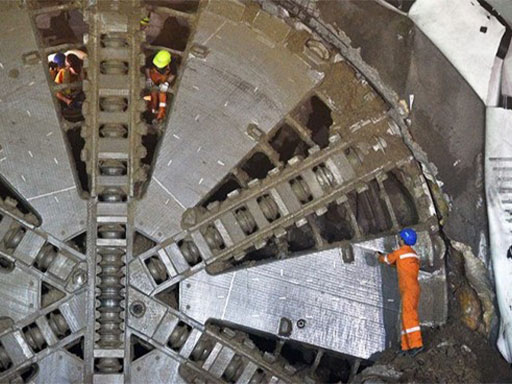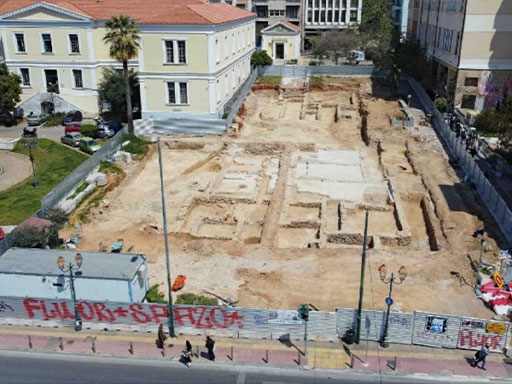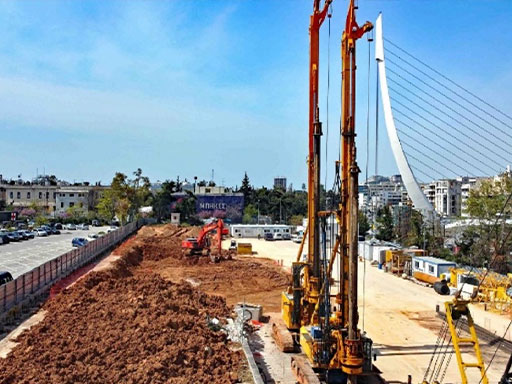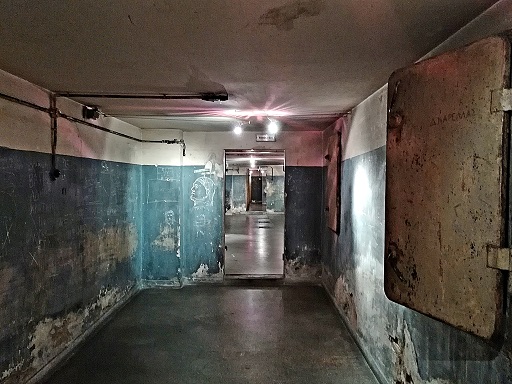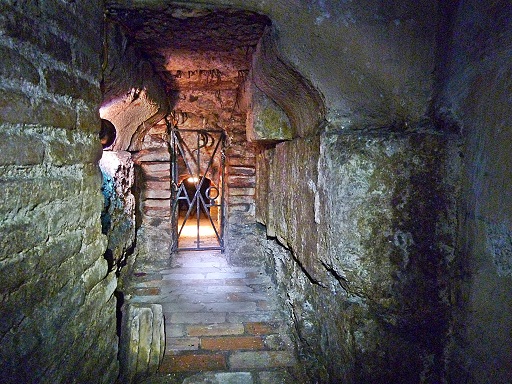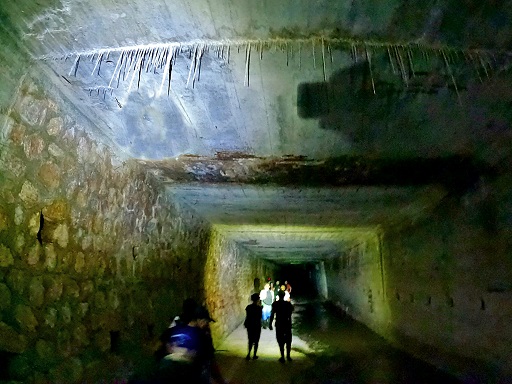A Metro network with over 110 stations in Athens is planned with 35 new stations in 9 extensions. After a decade where Metro projects were concentrated around the extension of line 3 in Piraeus and the effort to start the implementation of line 4, new goals seem to be set for the coming years. The aim is interconnectivity with other means, the expansion of the network and the creation of new growth poles in the capital.
In the last 12 months we heard a series of new Metro projects being announced, which with their prioritization will make Athens a friendlier city to its citizens and visitors.
It is estimated that after the completion of the extension of line 3 and the 15 new stations of line 4, the Athenian network will reach approximately 86 stations. With the new extensions that are in the implementation or planning phase, Athens now aims to far exceed 100 stations.
More specifically, 9 extensions with 35 new stations have been included in the plans of the Ministry of Infrastructure and Transport and Attiko Metro. With these extensions, lines 2 and 4 are completed, while a new 5th line is also created (which is currently a branch of line 4). Emphasis is now placed on the expansion of the Metro in the north and south and in fact almost all the Municipalities in the metropolitan complex are covered.
The 9 new expansions
The 9 extensions that are progressing are divided into those that have already started the maturation processes and those that are for the future. In more detail, the extensions that mature at this time and are prioritized are:
– the extension of line 2 to Ilion with 3 stations
– the extension of line 2 to Glyfada with 3 stations
– the extension of line 4 to the west towards Petroupoli with 6 stations
– the new branch of line 1 Thisio-Cultural Center Stavros Niarchos Foundation with the Metro with 4 stations
-the branch of line 4 (or the new line 5) from Evangelismos to PYRKAL with 3 stations.
In the second stage we also have these projects:
– the extension of line 4 to Marousi-Lykovrisi with 10 stations in the north
-the undergrounding of line 1 in the Faliro-Piraeus section with 1 more station
– the further extension of line 2 from Agios Nikolaos to Menidi with 3 stations
– the extension of line 1 from Kifissia to N.H. at the Varybombi junction with 2 stations.
In detail the Metro Network which will have over 110 stations in Athens is planned with 35 new stations in 9 extensions are:
Line 2 goes to Ilion and Glyfada
The first priority of the Ministry of Infrastructure and Attiko Metro was the north-west extension from Anthoupoli (Peristeri) to reach the Agios Nikolaos station in Ilion.
The 3 stations PALATIANI, ILION, AGIOS NIKOLAOS will create better conditions for urban transport and the connection of the Metro network in the quite populated areas of Petroupoli, Ilio and Kamateros. The tender announcement went live at the beginning of the month. The project is expected to be financed by the NSRF 2021-2027.
In the south, the project is maturing for the final extension of the medium to the center of Glyfada with three stations: ANO GLYFADA, GR.LAMBRAKI, GLYFADA. The terminal is located in the square of Agios Konstantinos in the commercial center of Glyfada. Strange as it may seem, in 2000 when the first sections of lines 2 and 3 were operational, the goal was to have the medium extended to Glyfada in 2006.
This has not been achieved even now and bearing in mind the large investment in Elliniko, the extension of line 2 seems to be a first priority project. The project needs study and financial maturation.
Line 4 extensions
Since last year in June, the first section of line 4 from Alsos Veikou to Goudi with 15 stations is under construction and according to the schedule it will be put into operation at the end of the current decade. Attiko Metro is now planning the extensions to Petroupoli, Lykovrisi and PYRKAL.
The priority seems to be the extension from Alsos Veikou to Petroupoli with 6 stations: NEA IONIA, PEFKAKIA, NEW PHILADELPHIA, PYRGOS VASILISSIS, ILION, PETROUPOLI. It will cover important areas of north-western Athens and will connect line 4 with line 1 in Pefkakia and with the Suburban in Pyrgos Vasilissis. The first studies are in progress.
However, it seems that the new branch from Evangelismos to the planned Government Park at the former facilities of PYRKAL is also in the process of implementation. The extension includes Pagrati, Vyronas, PYRKAL stations and the connection with line 2 is also being considered. Essentially we are talking about a new line with some common stations with line 4, but the final OK will also give the final design around this very interesting Metro line.
But the biggest expansion is the one that will cover Kifissias, which looks more and more like a car park. The topographical studies for the extension of line 4 to the north. Via Kifissias it will reach Marousi and from there via Pefki and Lykovrysi it will arrive near the National Highway. The planned stations are: KATECHAKI, PHAROS, FILOTHEI, SIDERA, OLYMPIACO STADIO, PARADEISOS, OTE, MAROUSI, PEFKI, LYKOVRYSIS.
This is a major expansion with 10 new stations that will complete the connection of the northern suburbs with the city’s Metro network.
For the first time, areas such as Pefki and Lykovrisi will be connected and the metro will “touch” the Athens-Lamia National Highway, where it will become a big hub for those going to the city.
These three projects currently need maturation. If the studies go forward, it is a project that we will see gradual development over the next twenty years.
Line 1: The F.S.Niarchos Cultural Center, the undergrounding and the extension to Varybompi
In the plans of the Ministry of Infrastructure and Attiko Metro, however, there are still three projects as can be seen from the new map of Attiko Metro.
The first is the undergrounding of line 1 from Faliro to Piraeus. It is a big request of the Municipality of Piraeus to improve the traffic connection with the port and the surrounding areas. The object also includes the addition of a station called KAMINIA. The studies need updating for the project that has been included in the NSRF 2021-2027.
The second goal is for the Metro to reach the Stavros Niarchos Foundation Cultural Center. This is a commitment of the Greek state to the SNF, a constant request since the beginning of the construction of the complex which today is one of the most important points of the city for residents and visitors.
In this case, a new branch of line 1 has been qualified, starting at THISEO station and through Theseos Street, it is planned to reach the SNFCC. The stations that have been included are: HAMOSTERNAS, DAVAKI, TZITZIFIES and STAVROS NIARCHOS FOUNDATION CULTURAL CENTER. The studies are in progress and as everything shows, the project may be able to be implemented within the current decade.
Finally, another extension that is being considered is the northern extension of line 1 from Kifissia to Varibombi at the junction of the National Road. It is an extension of great importance as it is considered that it can reduce traffic in Kifissos and give access to the Metro network in the developing urban areas in the north of Athens. Two stations are included: NEA ERYTHRIA and KOMBOS VARYMBOPIS.
A Metro network that will have over 110 stations in Athens is planned with 35 new stations in 9 extensions: See the new map with all the new stations
(Source | https://ypodomes.com)

